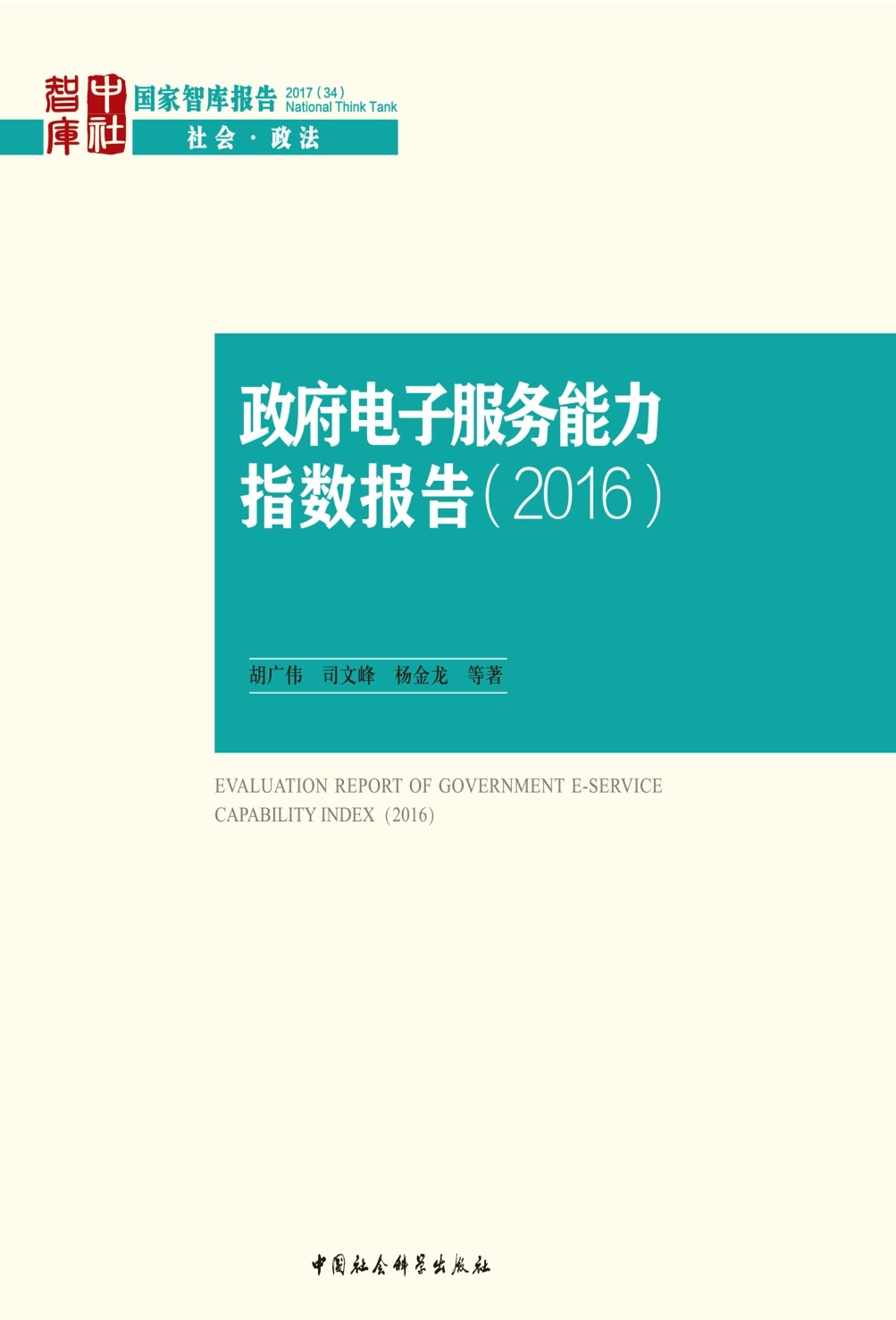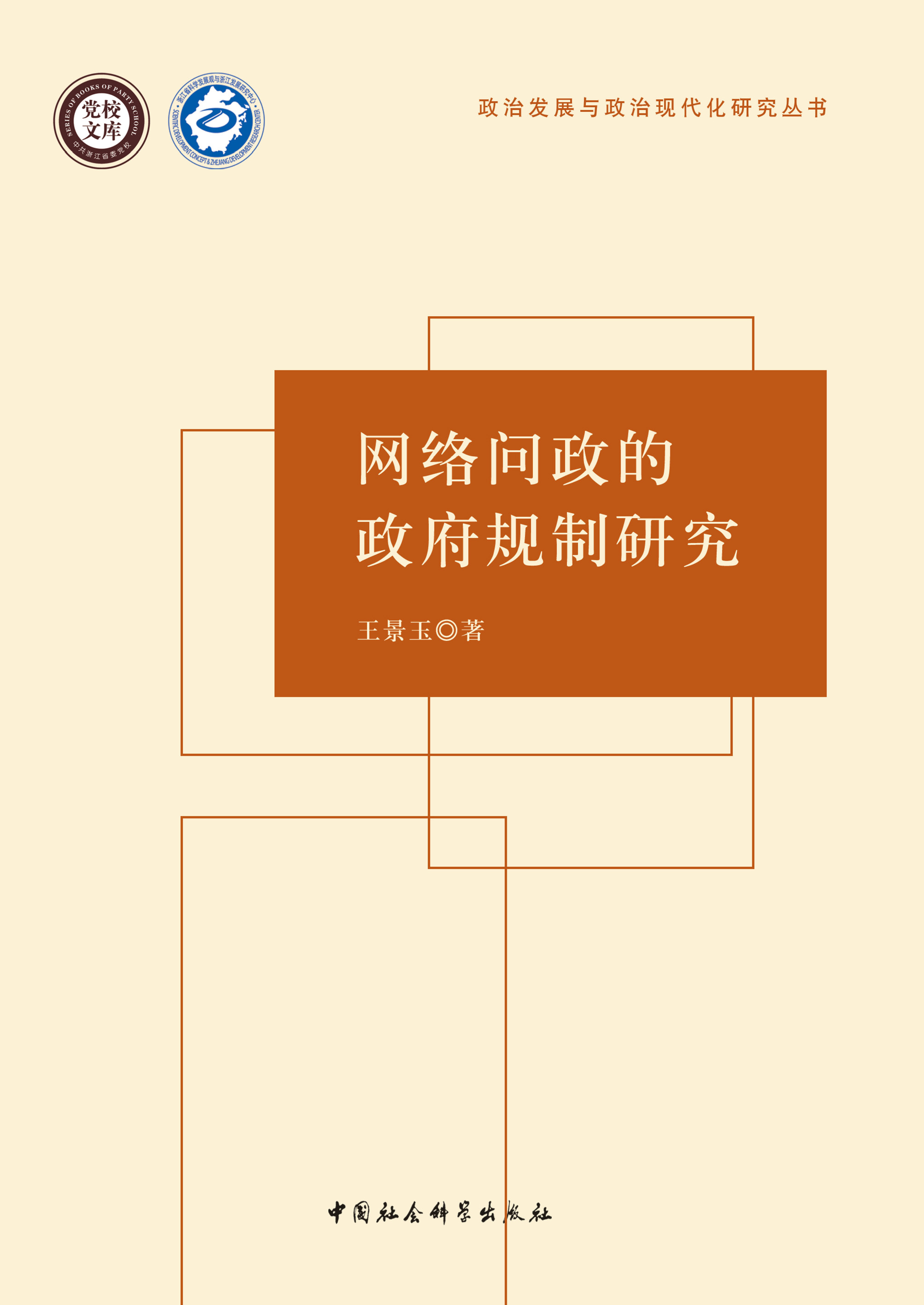内容简介
作者简介
目录
摘要:随着“互联网+”国家战略的实施,“互联网+政务服务”的应用持续深化,社会和公众对政务服务的网络化需求也快速增长,期待政府能够提供更好的用户服务体验。为了检验和提升各级政府的电子服务能力发展水平,进而建立一套科学、客观、量化及导向清晰的政府电子服务能力测评体系,达到“以评促建、以评促用、树立标杆,引导电子政务可持续化发展”的目的,项目组从部委、省(直辖市)、地级市等不同层级,以政务网站、政务微信、政务微博、政务APP四个服务渠道为切入点,构建了政府电子服务能力测评体系,并通过全样本测评,分析了政务服务能力、政务服务途径、政务服务区间属性、政务服务地域,应用定量和定性相结合的方法展示了中国省、市、部委电子政务服务能力的水平,计算出综合指数、双微指数、新媒体指数,进而总结得到了电子政务服务能力建设的最佳实践案例。各项指数数据表明,中国各级政府电子服务呈现“三多三少”“三强三弱”的特点:“入口多、渠道多、栏目多,协办少、联办少、通办少”;“信息服务强,办事服务弱;网站服务强,移动服务弱;传播推广强,亲民易用弱”。同时也发现中国电子政务服务呈现新、老渠道协同发展的态势;中国东部沿海地区的电子政务服务能力综合指数最高,东北地区最低,高低分化明显等。本项目仅从能力管理的视角测评政府电子服务水平,数据和结论难免偏颇,仅供各界参考。关键词:政府电子服务,电子政务服务,能力指数,能力测评,政府治理Abstract: With the implementation of the“Internet plus”national strategy,applications of“Internet plus government service”continues to deepen.And the network needs of government service from society and public is quickly increasing,expecting that the government can provide better customer service experience.In order to test and enhance the level of development of the electronic service capability of governments at all levels,and establish a scientific,objective,quantitative and direction-clear government electronic service capability evaluation system,and achieve the goal of“promote construction by evaluation,promote use by evaluation,set a benchmark to guide the E-government developing sustainably”,the project team have constructed the evaluation system of the government electronic service capability from four levels of province,municipality directly under the Central Government,prefecture-level city,ministry and commission from the perspective of four service Channels of government website,WeChat,micro-blog,APP.And through the full sample evaluation,the project team have analyzed government service capability,government service approach,provincial government service interval attribute,government service area,showed the level of E-government service capability of province,city,ministry and commission of our country by way of a range of quantitative and qualitative,calculated the comprehensive index,double Micro index,new media index,and then summed up the best practice cases of E-government service capacity building.The composite index data show that the development of China's E-government service of basic channels leads to new channels,the highest is the comprehensive index of E-government service capability of the eastern coastal areas of China,and the lowest Northeast China obviously for the high and low differentiation,the law of development is consistent for province,city,ministry and commission.This project tests the level of government electronic service only from the perspective of capacity management,with the data and conclusions biased inevitably but for reference only.Keyword: Government electronic service,E-government service,Capability index,Capability evaluation,Government governance
全部显示∨
杨金龙(1991-),男,南京大学信息管理学院博士研究生,南京大学政务数据资源研究所秘书长,研究方向为价值共创、大数据、政府治理等。
参与工作的其他成员还包括罗雨宁(硕士研究生)、王新建(博士研究生)、杨安琪(硕士研究生)、温倩宇(硕士研究生)、白玥(硕士研究生)、孔嫒嫒(硕士研究生)、阮振秋(硕士研究生)、刘柳(瞭望智库)、魏家鹏(本科生)、黄锋利(硕士研究生)、王咏(博士研究生)、姚笛(新华网)、马岩(瞭望智库)等。
全部显示∨
第一章 测评体系与测评方法一 测评背景
二 测评思路
三 测评工作
第二章 政府电子服务能力指数一 政府电子服务能力指数说明
二 政务网站服务能力指数(一)直辖市政府政务网站服务能力指数
(二)省级政府政务网站服务能力指数
(三)地级市政府政务网站服务能力指数
三 政务微博服务能力指数(一)直辖市政府政务微博服务能力指数
(二)省级政府政务微博服务能力指数
(三)地级市政府政务微博服务能力指数
四 政务微信服务能力指数(一)直辖市政府政务微信服务能力指数
(二)省级政府政务微信服务能力指数
(三)地级市政府政务微信服务能力指数
五 政务APP服务能力指数(一)直辖市政府政务APP服务能力指数
(二)省级政府政务APP服务能力指数
(三)地级市政府政务APP服务能力指数
第三章 政府电子服务能力综合指数一 政府电子服务能力综合指数(一)政府电子服务能力综合指数说明
(二)直辖市政府电子服务能力综合指数
(三)省级政府电子服务能力综合指数
(四)地级市政府电子服务能力综合指数
(五)省级政府电子服务能力指数
二 政府电子服务能力“双微”指数(一)政府电子服务能力“双微”指数说明
(二)直辖市政府电子服务能力“双微”指数
(三)省级政府电子服务能力“双微”指数
(四)地级市政府电子服务“双微”指数
三 政府电子服务能力新媒体指数(一)政府电子服务能力新媒体指数说明
(二)直辖市政府电子服务能力新媒体指数
(三)省级政府电子服务能力新媒体指数
(四)地级市政府电子服务能力新媒体指数
第四章 政府电子服务能力指数区域分布一 政府电子服务能力指数区域分布
二 政府电子服务能力综合指数区域分布
三 政府电子服务能力综合指数区域差异
四 华东与东北地区电子服务能力指数比较
第五章 政府电子服务最佳实践一 政府电子服务最佳实践说明
二 政务网站最佳实践
三 政务微博最佳实践
四 政务微信最佳实践
五 政务APP最佳实践
第六章 省市级政府电子服务能力现状、问题与对策一 中国政府电子服务能力现状
二 中国政府电子服务能力的主要问题与建议(一)四渠道综合服务能力均值在60分以下
(二)服务内容、方式不能随需应变,创新力不够
(三)政府电子服务能力发展不均衡
第七章 问题与反馈一 测评过程说明
二 特殊情况处理
三 局限与不足
附录1 工作思路问答
附录2 测评指标体系
附录3 省市样本来源
附录4 部委电子政务服务能力指数
附录5 部委样本来源




